Bespoken Word: Is MTB racing still relevant?
It was a big weekend for the 2022 mountain bike racing season a few days ago. Guy Kesteven asks whether racing is still relevant to the bigger MTB picture?
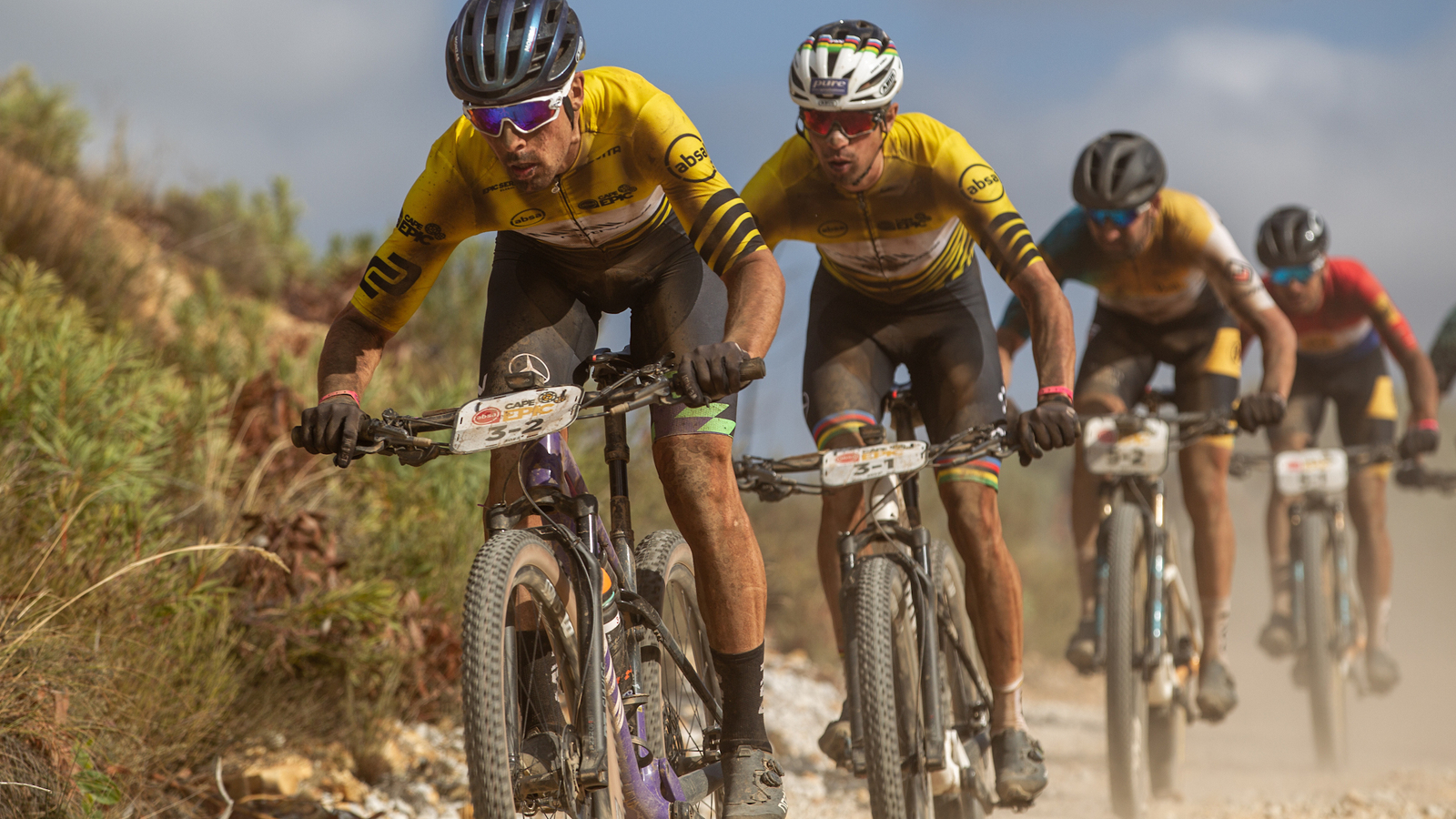
Before going any further let’s get one thing clear: for most of us MTB racing has a very minor impact on our regular rides, in the same way that Max Verstappen seemingly has little effect on our drive to work. The majority of people rolling about in the dirt this weekend probably have no idea who Camille Balanche or Amaury Pierron are or why they’re important. Almost nobody knew who Georg Egger and Lukas Baum were when they rocked up for the start of the Absa Cape Epic in a camper van with their one-dad support team.
However, we do know that our exclusive story about a new Canyon Lux XC race bike being spotted at the Cape Epic pretty much broke our servers with interest over the weekend. And from a personal point of view, the opening round of the DH World Cup at Lourdes was the overwhelming subject of WhatsApp conversations among my riding crew.
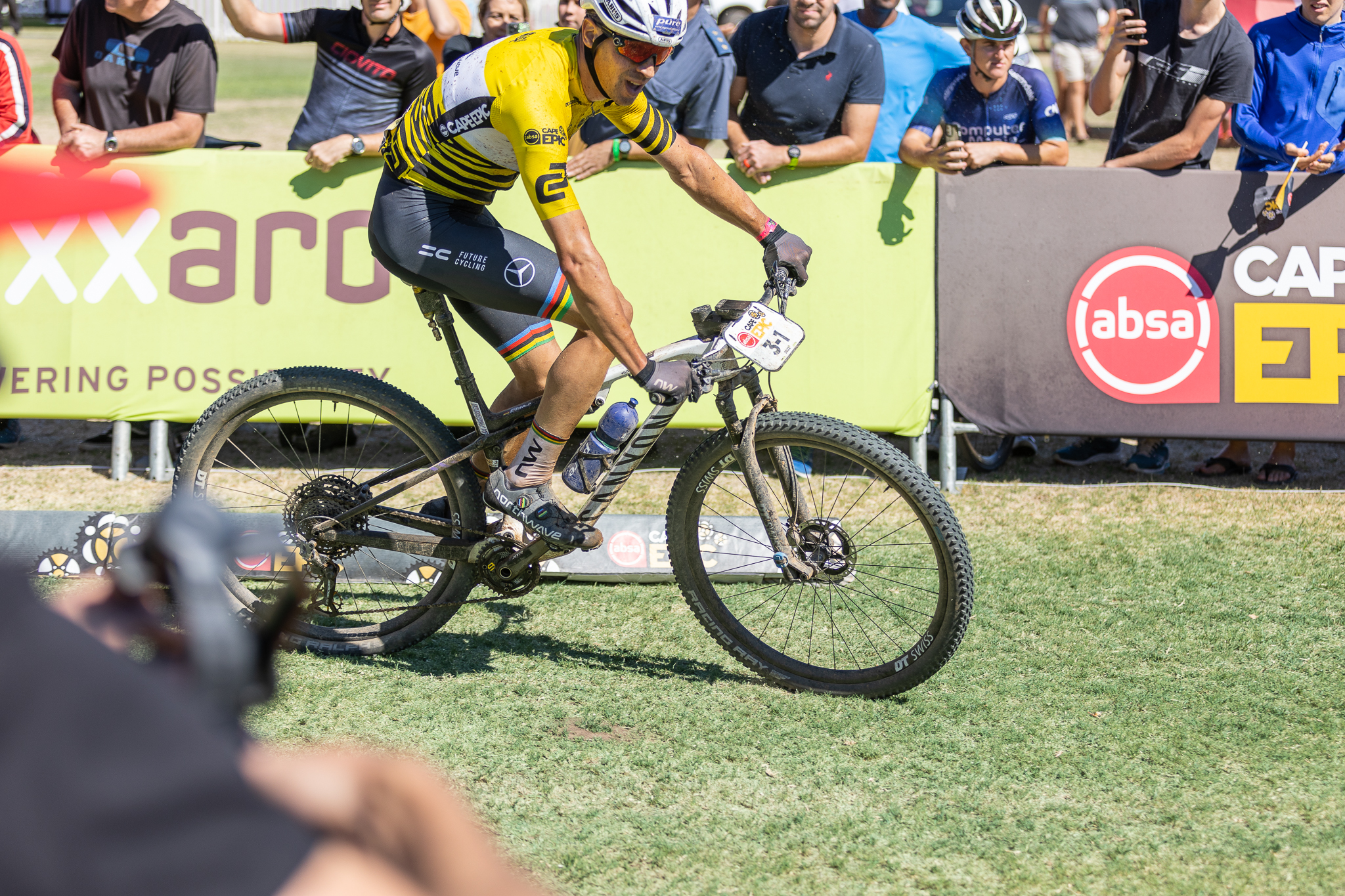
Both of those aspects are start points for unraveling why racing is still important to the wider world of MTB for many reasons. Number one, it’s a focal point for media interest and can therefore shine a spotlight on successful (or even secret) innovation. While the performance of the athletes riding these bikes and bits to success is at an utterly different level to most of us, we still seize on them for our own advantage. High pivot point/idler wheel suspension has come and gone on DH bikes for decades. But once Amaury and his Commencal teammates started rewriting the gravity speed rules on their Supreme DH bikes things changed significantly.
Other bike brands with DH teams scrambled to try to put their athletes back on par with the flying Frenchies. Fast-reacting brands like Deviate and Forbidden launched trail bikes with idler wheel suspension systems that grabbed rave reviews. Soon after, Cannondale, GT, Norco and others were putting high pivot bikes on shop floors for us all to ride. The growth in popularity of mullet bikes (with 29-inch front wheels and 27.5-inch rear wheels) has definitely been fuelled by their success on the World Cup DH scene (18 bikes in the top 20 at Lourdes were mullet too).
No pain, no minimal gain
That kind of innovation is at the “really big and obvious” end of the race-influence spectrum too. Jim Bland is a top tech tester for us here at bikeperfect.com and now has a tech role at the Union DH team for the 2022 season. We spoke to him about what we can learn from pre-season camps and the Lourdes race:
“The difference between competitive and commercial is the focus and level of detail we go into with bikes. We can spend two weeks over an adjustment that equates to one more or one less click of compression damping; we’ll raise bars by a couple of millimetres and see a measurable difference in performance; sweat over single psi adjustments to tire pressures and replace a tire after a maximum of seven race-pace runs to stop carcass and tread degradation being an issue. That’s six runs longer than someone like Greg Minnaar, who famously claims to be able to tell whether his wheels have valve caps on or not. It’s pretty insane how much experimentation and time we put into chasing fractions of seconds, but it’s crucial at the level we’re racing.”
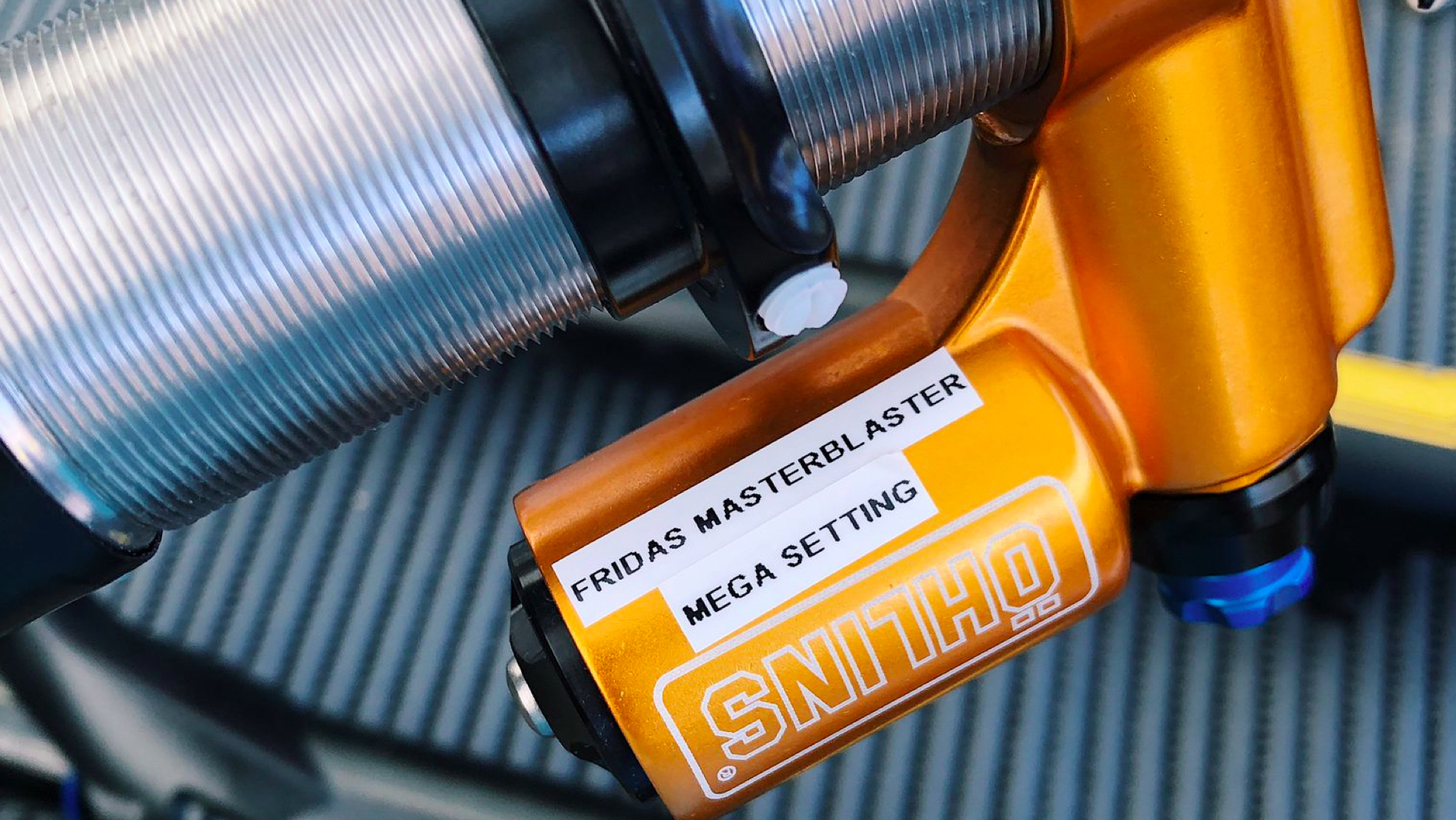
In other words while the big changes are the most obvious in terms of how they influence our everyday riding – see: slacker, longer, lower geometry; increased travel; suspension; different wheel sizes; carbon fiber; tubeless tires; etc – the micro changes also have a significant cumulative impact. Hell, even the phrase “minimal gains” has made it into the popular vocabulary from conversations about Olympic track cycling and Team Sky road race wins.
New tech being tested where it counts
As our site stats showed this weekend, being able to see prototypes running flat-out at the ragged edge, not just polished and preened for a carefully choreographed press launch, creates real interest. It definitely boosts the perception that a brand is still “cutting edge” – or at least still cares about measurable development. That’s why Commencal, Cube, Orbea and Intense were happy to run brand new bikes at Lourdes even if the latter two machines were definitely development mules.
Look closely at the tires being used at races and you’ll often see something very different from stock (often from a brand different to the claimed sponsor). I’d be very surprised if any of the top riders leaving the start hut at Lourdes were running anything like stock suspension internals either. That’s the reason black boxes and hidden buttons have always been a part of racing from the legendary Honda bikes to Loïc Bruni’s Specialized last year. It’s why Jez Loftus from Trek UK told us that their long-term involvement in racing is, “worth it in our case, as it’s now our own teams that we have control of. The marketing side is obvious but they are also a big part of product development.”
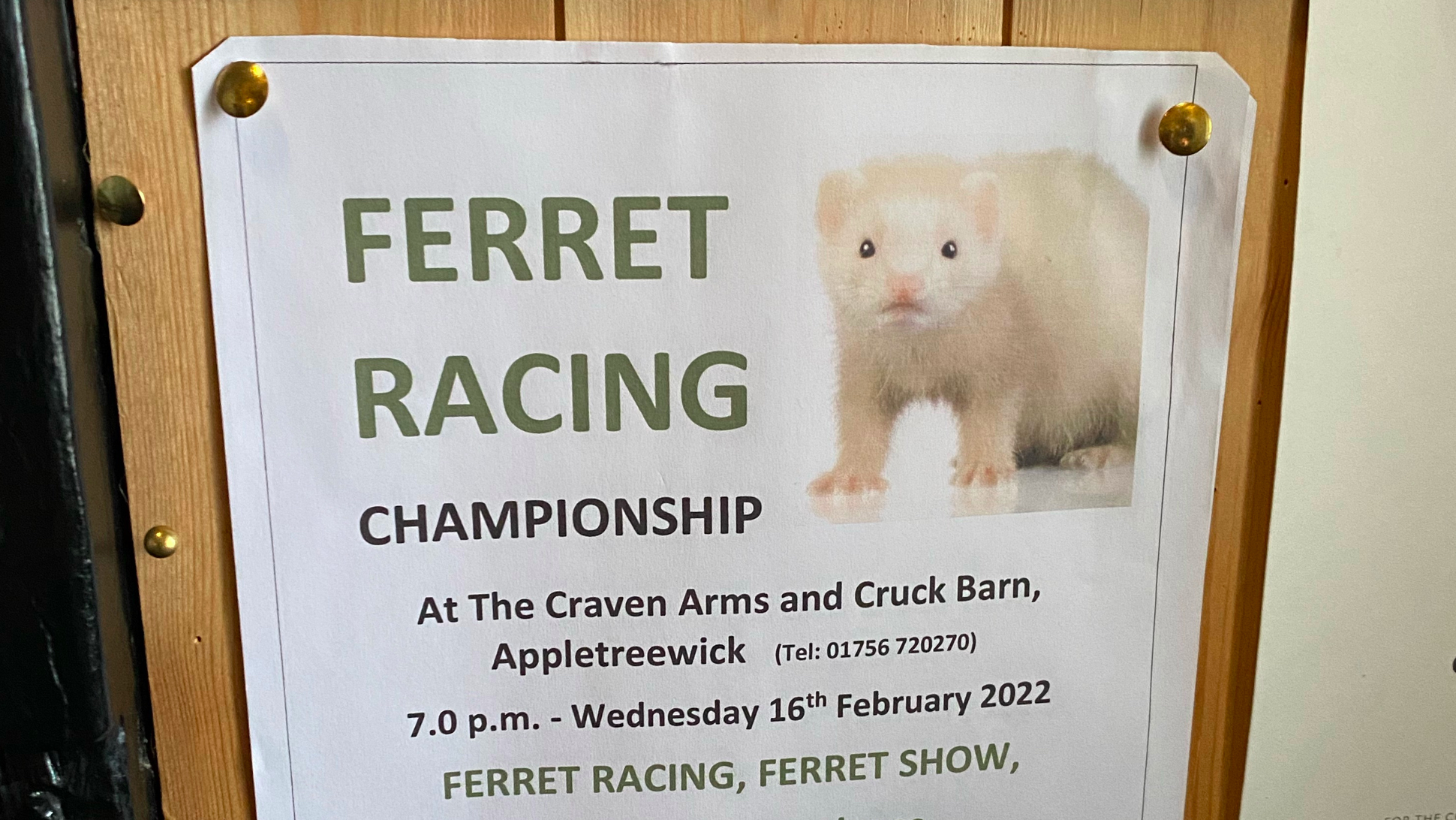
In other words, they’re happy to invest a lot of money in racing programs right across the bike spectrum, because when Evie Richards, Jolanda Neff, Reece Wilson, Lucinda Brand or Lizzie Deignan lift their arms over a finish line, they see their sales lift as well. The bikes those racers are using are genuinely influential in the development of forthcoming releases too. Or, to put it another way, a lot of bikes “look like a Trek Session” because it’s one of the most successful gravity bikes of all time. Though if you were being accurate you’d say those bikes (and modern Sessions) looks like a Turner Burner because it was that bike that pioneered the format (and had big – often rebranded – racing success in the mid 1990s when Trek’s DH bikes looked more like hair metal guitars).
The shortening divide between road and trail
Sometimes involvement with a race team can take a brand in a totally new direction too. I spent a couple of days the other week riding two new XCO race bikes from a brand that has a heritage in advanced road aerodynamics and whose gravel bike even looks like a time trial bike. However, the previously road-/CX-only team the brand sponsors have recently signed a top MTB rider, and so now it is scrambling to get bikes finished ready for the UCI Mountain Bike World Cup at Albstadt in May. Don’t worry, though, you won’t be surprised as we’ll have the exclusive reveal and review on the site a couple of days before that.
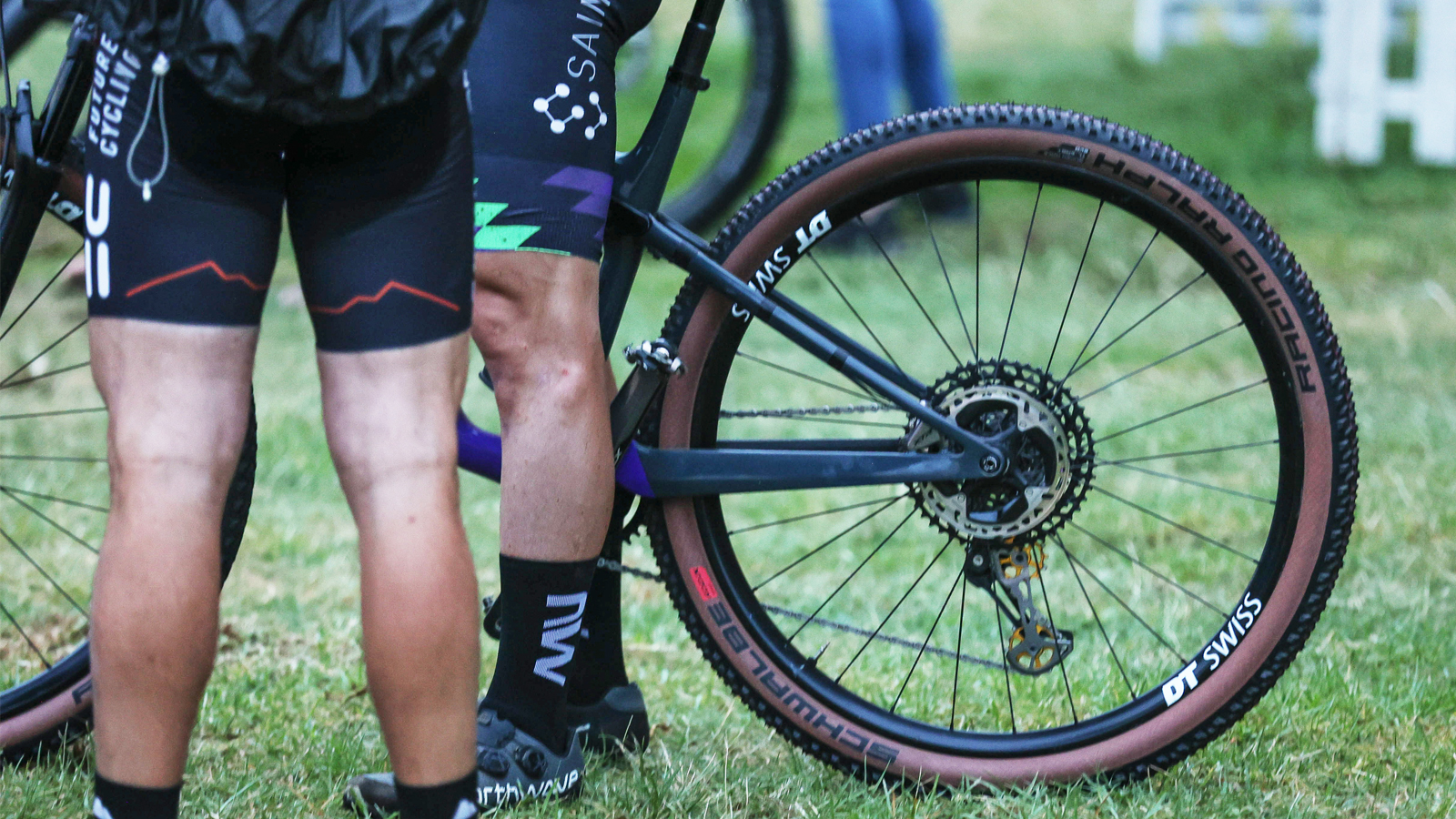
And there we go again, teasing excitement and insight ahead of a race. Because when riders line up head-to-head against each other or the clock it’s the ultimate stripped-back proving ground. It’s where we get sucked into the action, cheer on our heroes and get a whiff of their world ourselves. Feel a surge of adrenalin building as the gun goes, the final lap approaches or sector times toggle between red or green as a rider pushes, with rasping breaths and ragged edges, towards glory.
Watch and learn
Getting caught up in that excitement undoubtedly stokes the fire to ride in some of us too. So even if we’ll never trouble the local Strava leader boards let alone pull on a rainbow-striped jersey, we might push a bit harder on the next descent. Or try to pump a downslope. Or look at different lines from a speed rather than a survival perspective. Or dig a bit deeper on the pedals to get a wheel ahead of a mate. Or watch an Aaron Gwin cornering video, because if that technique works for him, maybe it’ll give us the “win” down the woods at the weekend. Especially because our bike probably corners better because of what Fabien Barel did with his Kona race rigs over 15 years ago, and is lighter because Sean Kelly was winning races on carbon road bikes in the 1980s.
So yeah, we might not be racers ourselves, or even follow it closely, but I reckon racing is still definitely cool and still relevant on a whole range of levels.

Guy Kesteven has been working on Bike Perfect since its launch in 2019. He started writing and testing for bike mags in 1996. Since then he’s written several million words about several thousand test bikes and a ridiculous amount of riding gear. He’s also penned a handful of bike-related books and he reviews MTBs over on YouTube.
Current rides: Cervelo ZFS-5, Specialized Chisel, custom Nicolai enduro tandem, Landescape/Swallow custom gravel tandem
Height: 180cm
Weight: 69kg
